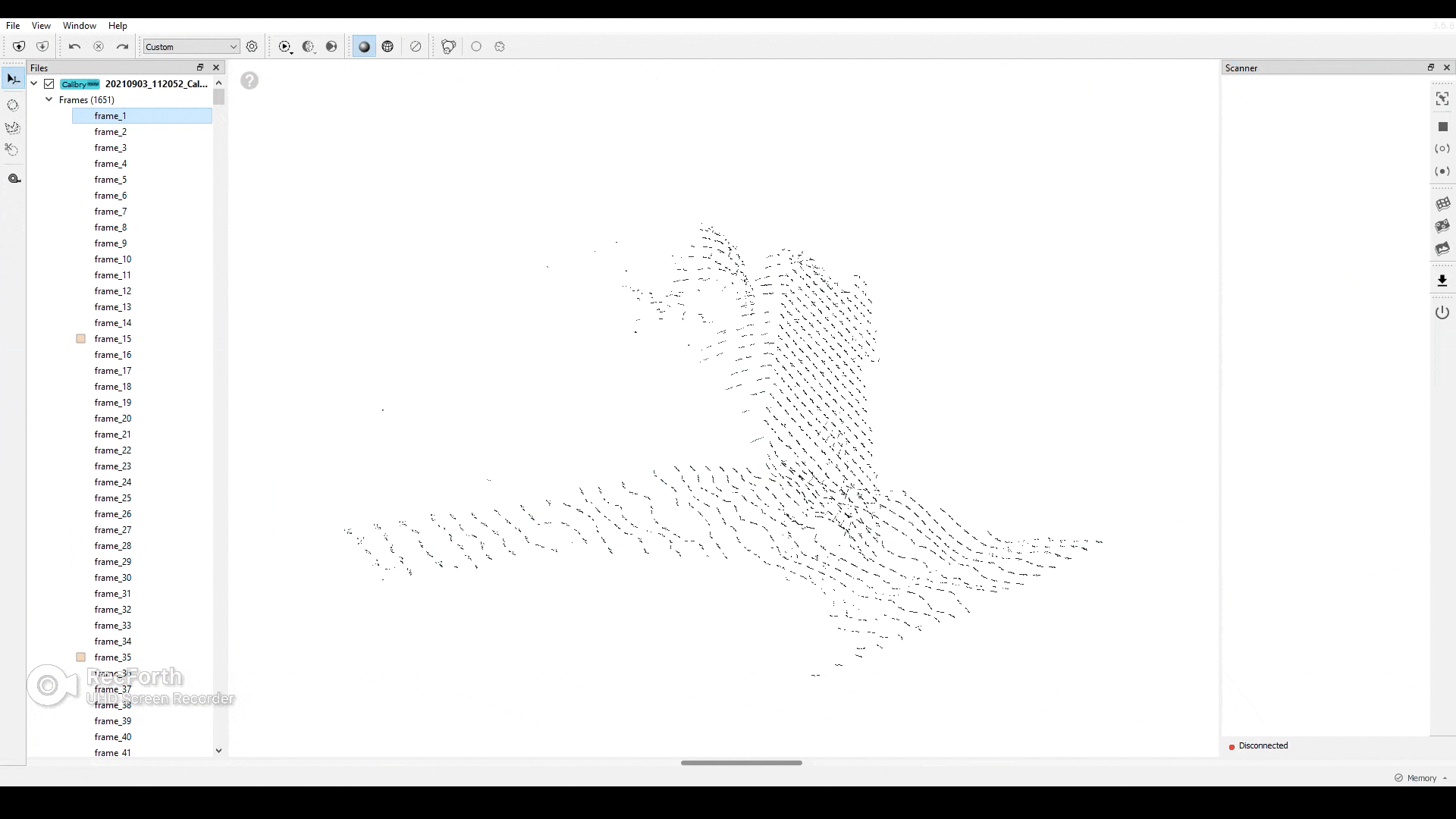We will put a video from our webinar in the end of the article, which will further immerse you in the physics behind scanning.
The general principle behind structured light scanning
In order to understand structured light 3D-scanning, we will need to recall the basics of anatomy and optics school lessons.
How does vision work? Simply put, light reflects off a surface or an object and hits the retina of an eye. The received information through the nerve goes to our brain, where it is analyzed and interpreted into a final image.
Without the complex structure of an eyeball, which is our "sensory unit," the processing of a signal (light waves, in this case) would be impossible. So, in the acquisition and processing of information, the sensory unit and the trajectory of signal distribution are important components.
3D scanning technologies use similar principles. The only difference is that 3D-scanners do not need external light — they use their own light source. It can be either LED- or laser-based. In both cases this source can emit either visible light or infrared beam (invisible for human eye).
In the case of structured light technology, the light is projected either as thin stripes or grid or a special non-linear pattern. A camera serves as a "sensor unit" capturing the distortions of this grid on the surface of the object. Further analysis of these distortions helps to ascertain the geometry of the object.
The simplest 3D scanner may consist of a single light projector and a single camera. However, the range of applications of such a scanner will be limited, so, as a rule, these devices use several cameras.
3D scanning works in accordance with the laws of optics, so difficulties may arise when digitizing glossy or transparent surfaces. These surfaces could cause glares and multiple random reflections of the projected light pattern. It causes detection errors which can lead to appearance of scanning artefacts. It is also possible that light will be reflected away from the camera or will simply pass through the object without being reflected back to the camera — in these cases camera does not receive any feedback from the surface which essentially makes the object invisible for a scanner. The same is partially true for very dark surfaces, since they absorb light almost completely and make it barely detectable for a camera. But these issues can be easily solved by applying a mattifying spray to such surfaces.
How structured light works in Calibry scanners?
Calibry 3D scanners are powered by structured light technology. The device is equipped with a geometry camera, a texture camera, a pattern projector and a texture flash. Calibry utilizes white-light LED for its projector, whereas Calibry Mini utilizes a blue one. Projected light-grid is being distorted by the geometry of the object and these deformations are being picked up by the geometry camera. Further analysis of these distortions results in a 3D point cloud, which then can be transformed into polygonal surface.
The information is captured by 3D-scanners on frame-by-frame basis. One frame consists of a small set of points, representing surface of the object from a certain angle. That’s why it is vital to scan the object from different sides and angles. The more frames you have, the denser the point cloud will be, but it also increases the weight of the scan.

With each next frame the point cloud gets closer and closer to the shape of the captured object.
Combining separate frames together works especially well on geometry-rich objects (geometry tracking). In case of uniform surfaces lacking any prominent geometry, randomly placed markers or contrast texture of the object can be used to combine the frames reliably (marker or texture tracking). That’s where use of texture camera becomes handy. As additional benefit, data captured by the texture camera can be further used to add texture to the final model.
Applications of structured light 3D scanners
Structured light 3D-scanners have found application in many fields. For example, they are successfully used in medicine: prosthetics and orthopedics. In particular, Calibry 3D scanner has helped German orthopedists to optimize their work in treating patients, and a French non-profit organization used our 3D scanner to create affordable hand prostheses for children.
Structured light 3D-scanners are also used in reverse engineering. The famous Swiss tuning studio dAHLer used Calibry for BMW tuning.
Aerodynamic analysis is also a popular application for scanners. The Italian Olympic team used Calibry 3D scanner to analyze the position of cyclists and make custom bikes for them. This innovation helped the team win the gold medal and break the world record.
In addition, 3D scanners are widely used for cultural heritage preservation (restoration of monuments, archaeological excavations), advertising and TV show production. For more examples of Calibry 3D scanners, please see our case studies section.
